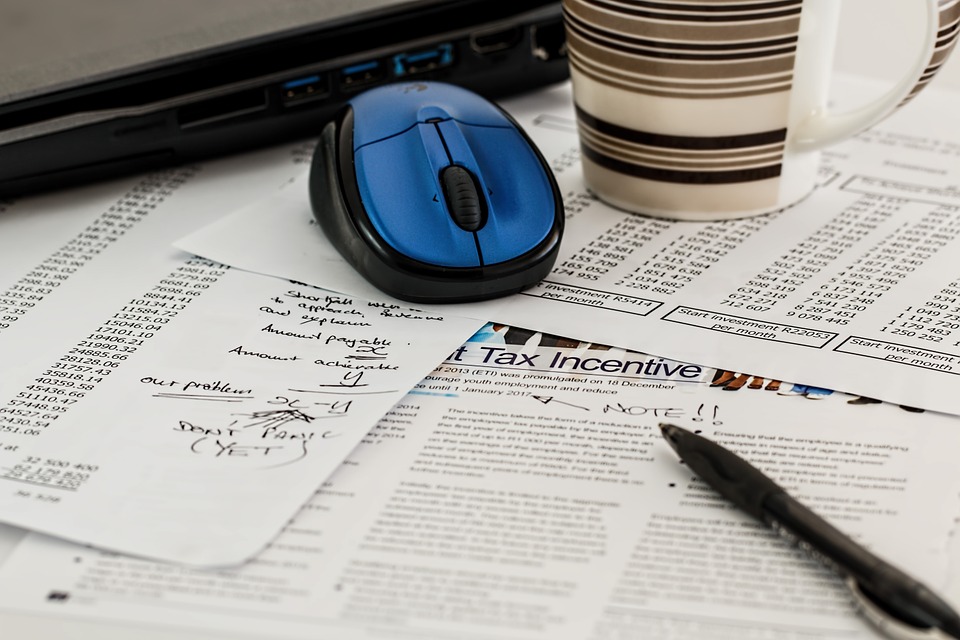
In order to report various forms of income or to take advantage of various deductions, the IRS typically requires you as the taxpayer to complete various forms known as tax schedules. Generally, when you complete these schedules, the totals transfer into your 1040 tax return. One of the schedules frequently used is the Schedule B.
If you have received more than $1,500 in dividend or interest income, then it is likely you will need to complete a Schedule B form. So what is a Schedule B? This form is used to report interest and dividend income received throughout the current tax period. However, this form does not necessarily need to be completed every year where dividends or interest income are earned. The exception is when this income meets or exceeds certain thresholds. Consult with your accountant or tax professional, such as Denisha Marino in Golden, CO, to find out if you meet those thresholds for your filing this year. But what contributes to these thresholds?
When you have an income received due to interest being paid on bonds or a savings account, that income is subject to federal income tax. Yet certain bonds may be exempt from this rule, which means they can be excluded from the income on your tax return and Schedule B. You will want to consult with a tax professional regarding your Series I and EE savings bonds to determine if their interest income needs to be included or not.
The bank or entity paying the interest will report the interest they paid to you using a 1099-INT. Using this information, your accountant or tax professional can determine if you need to complete the Schedule B or not. If you do, the 1099 will provide your accountant with the necessary information to fill out the Schedule B.
The definition of an ordinary dividend are distributions of property paid by a company when it shows a profit. While not every stock pays dividends, when they do, that income becomes taxable. Most dividends come in the form of cash payments.
When those dividends exceed the IRS reporting threshold for the year, then you have to report them on your Schedule B. Not only must you list the amount of dividends, but you need to list each company that paid them to you. Those corporations will report your annual total on a Form 1099-DIV, which will provide you the information needed to complete your Schedule B.
There is one more section of the Schedule B that you need to be aware of. This is the part where you must disclose any foreign bank or investment accounts and if you received any distributions from them or any specific foreign trusts. However, even if you do not have any of these investments, you will still have to complete these questions as part of completing the Schedule B.
When you do have these foreign accounts and trusts and you answer yes to any of the questions on the Schedule B, you may have to fill out another form known as the TD F 90-22.1. Consult with your tax professional to be sure that you have completed all the necessary forms regarding your dividends, both foreign and domestic.
Even if you have not received $1,500 in interest and dividend income through the tax year, you will still have to pay tax on those amounts. This is true even if you do not need to complete the Schedule B. If you have less than the amount necessary for the Schedule B form, you will simply need to enter the amounts that are found on your 1099s and put them on the specific line within the 1040 tax return.
However, a check and balance occurs between the Schedule B and your tax return. Simply put, the Schedule B, 1099s and the line on your 1040 tax return should all match. If they do not, you will need to recheck to confirm that all amounts are accurate Your accountant or tax professional can assist you with your Schedule B and confirming that it has been appropriately reported on your 1040.
As we have discussed, the Schedule B is simply meant to assist you in determining how much taxable income you have received from interest and dividend payments. Call or click on the link below to contact Denisha Marino of Golden, CO, who can assist you in accurately reporting your dividend income throughout the year.
Denisha Marino|
|
